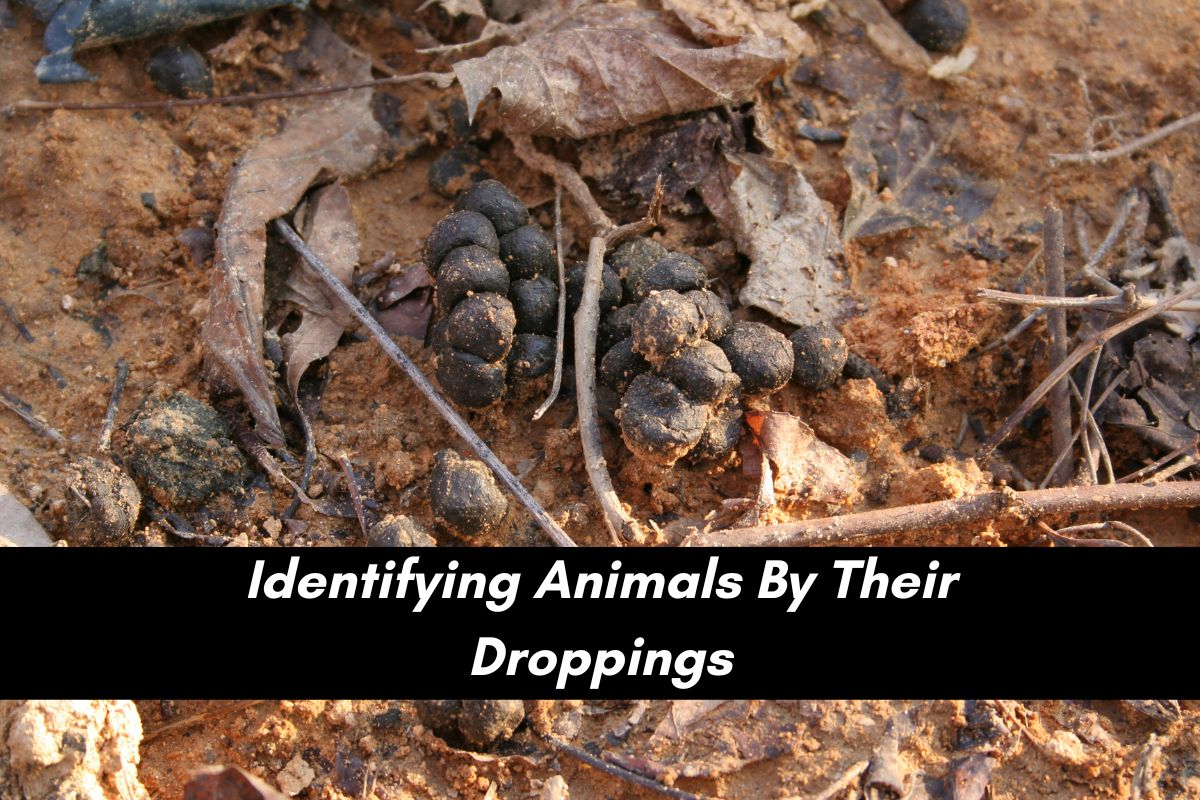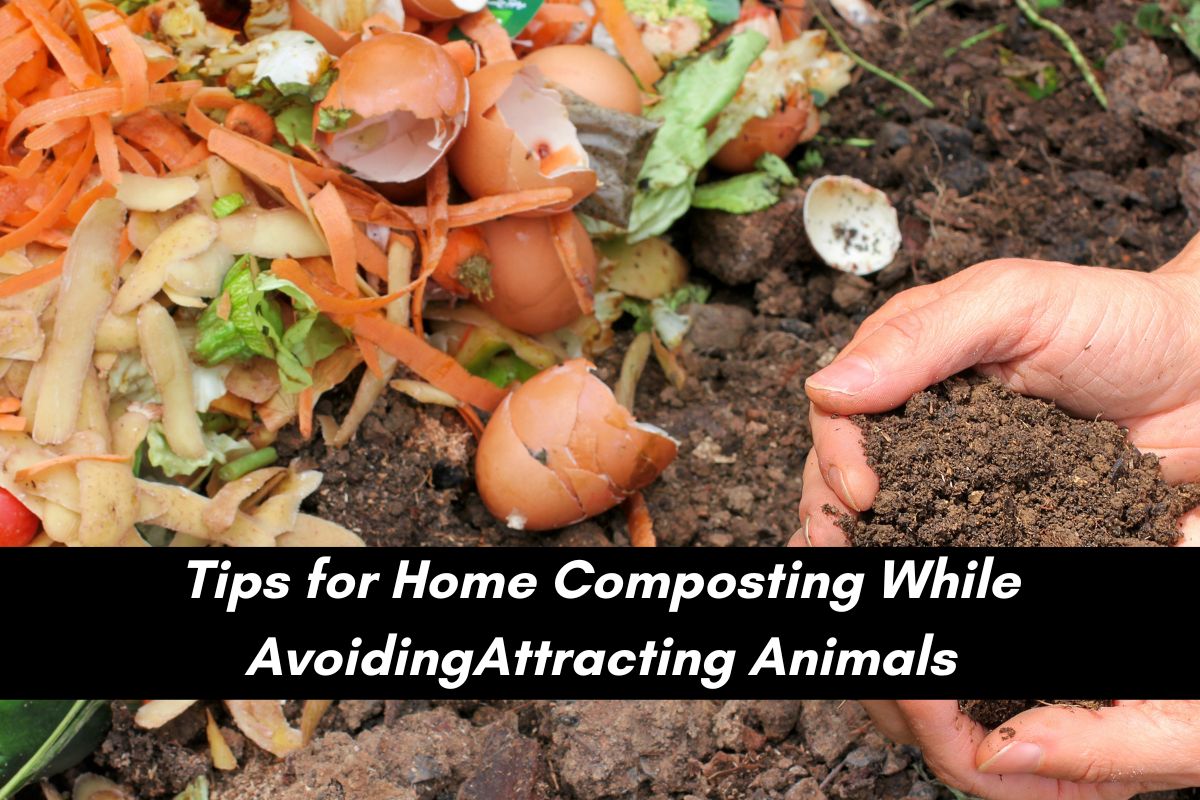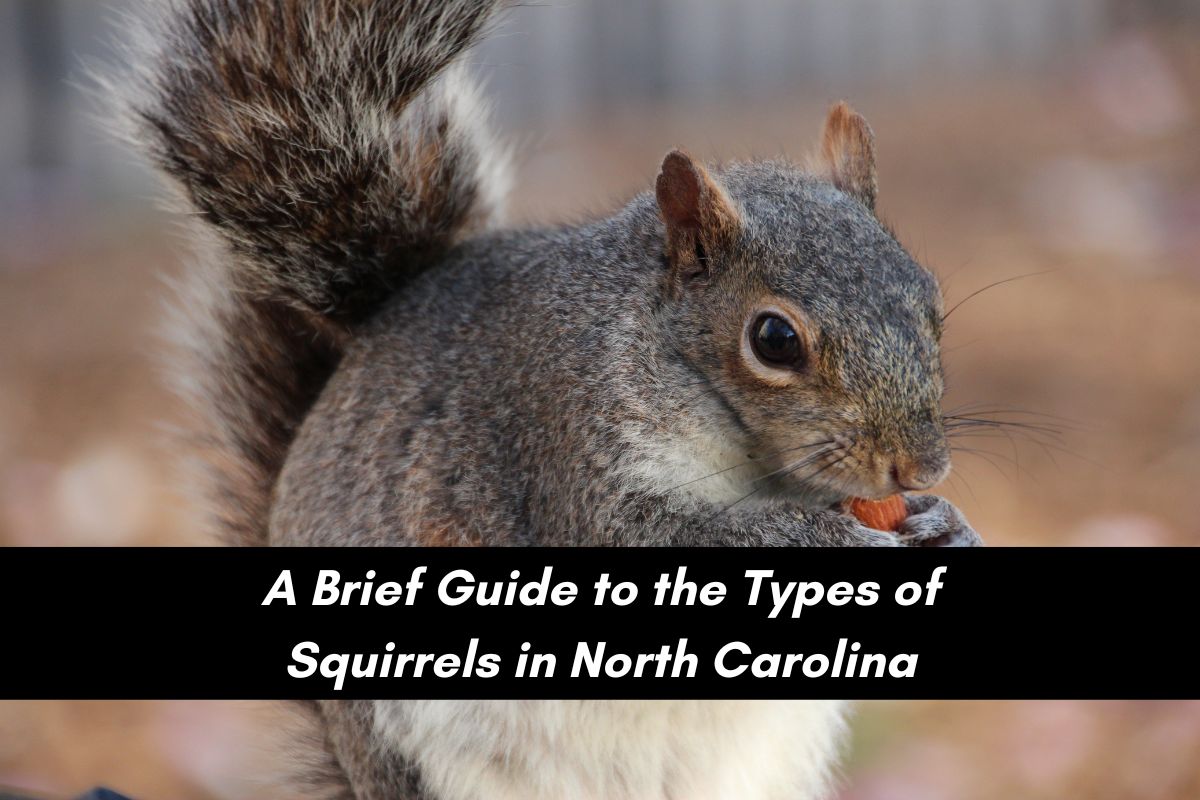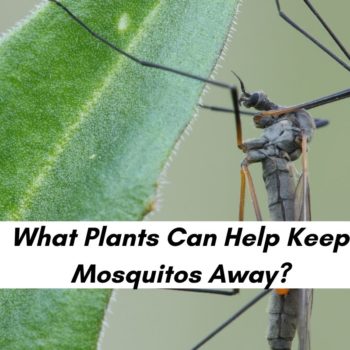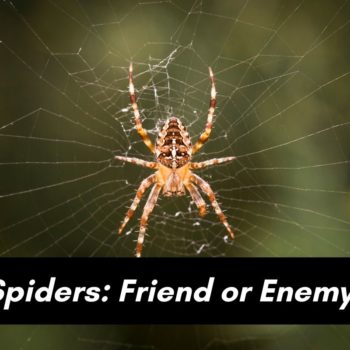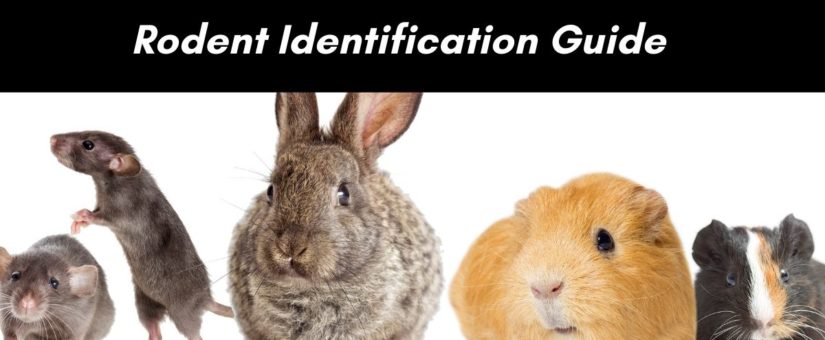
Rodents of North Carolina Identification Guide
- Posted by gordonb
- On May 17, 2021
- 0 Comments
What is a rodent?
This sounds like a pretty easy question. You probably even just had a few examples of a rodent pop in your head right away. We all know mice and rats are rodents, for example, but for most of us, our knowledge of rodents stops pretty soon after that.
Gnawers
The first thing to know about rodents, is they like to gnaw. Their name actually comes from the Latin word rodere, or “to gnaw,” so they come by it honestly. The reason they gnaw on everything in sight is they have a pair of top incisors and a pair of bottom incisors that never stop growing. This is true for all rodent species. Gnawing helps to file the teeth down to a more manageable size.
A big family
Another thing to know about rodents, is that the rodentia order is by far the largest among mammals, with 40% of all species. This is twice as big as the next biggest order, chiroptera, or bats. Rodents are very resourceful and can find food almost anywhere. This, paired with their breeding habits, leads them to quickly take over areas once they are introduced. For this reason, they are now on every continent and on most islands.
Rodents in the Triangle of NC
Being such a large group, the order includes some members you may not have expected, in addition to the species we all have come to associate with rodents. Here are just a few we have in Raleigh, Durham and the surrounding areas.
- Gray squirrels: The most common rodent anywhere in North Carolina is generally going to be the gray squirrel. You see them out your window, while taking a walk, in your trees and everywhere else. Because they are so common, and generally don’t make much trouble, we aren’t too bothered by seeing them; whereas, if you saw most of the rest of these rodents in any of those locations, you likely wouldn’t be as comfortable.
- Roof rats: These rats, also known as black rats, are a pest that you do not want around your house. They are called “roof rats,” because they are great climbers and may use your roof to get in your attic or to make a home in your gutters.
- Norway rats: While not as good climbers as their black rat cousins, the Norway rat, or common brown rat, they are more aggressive. They do also hang around human dwellings to get access to food and shelter. They also are notorious carriers of disease, so they are considered a major pest.
- Voles: Often called field mice or meadow mice, voles live in grassy areas and dig massive tunnel networks. They can become a pest if they tear up a yard that the owners intend to maintain. A single female vole can birth over 100 young per year, quickly letting colonies get out of control.
- Beavers: One you may not have expected to see is the beaver. This is the largest rodent in North Carolina, and in North American in general. Only the South American capybara is larger. Being so large but with teeth that won’t stop growing, the beaver is constantly chewing on trees. They use the felled trees for dams. Both the downed trees and flooded valleys resulting from their dams can be very destructive to a property.
NOT a rodent
In addition to the above, there are also a few small mammals you may have always assumed were rodents, but aren’t. These include:
- Bats: They look a little like a flying rodent, but they have their own (very large) order, chiroptera.
- Rabbits: While closely related to rodents, rabbits and hares have two sets of always-growing incisors, not one, so biologists separated them into their own order.
- Moles: You will often hear “moles and voles” spoken in one breath. This makes both of the small, digging mammals appear related, but they are not. moles are in the order Eulipotyphla with hedgehogs and shrews — two other mammals that are not rodents.
What if I have rodents in my house or around my property?
There are so many types of rodents, it’s tough to tell whether they will be a problem unless you know specifically what species they are. If they are rats, mice, voles or beavers, like we discussed above, those can definitely be a nuisance. Others, like squirrels and chipmunks, are not likely to cause problems.
Property owners with rodents that are pests should not live with them. They can carry diseases, destroy insulation and wiring, and can even bite children and pets. To be safe and sanitary, have them removed today. Critter Control of the Triangle can help. Call 919-382-0651 to learn more.




